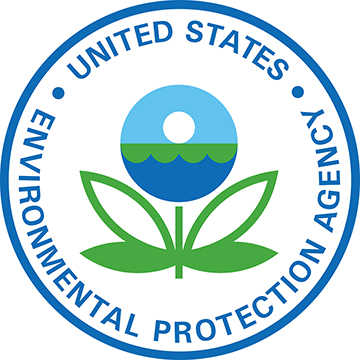
Controlled fire can reduce the overall size of a wildfire and the corresponding smoke emissions and smoke-related public health impacts, federal report finds
Research Alert
Newswise — Today, the U.S. Environmental Protection Agency (EPA), U.S Forest Service (USFS), Department of Interior (DOI) and National Institute of Standards and Technology (NIST) released The Comparative Assessment of the Impacts of Prescribed Fire Versus Wildfire (CAIF): A Case Study in the Western U.S., which compared the air quality and health impacts of smoke from prescribed fire with wildfire using two case studies – one in Oregon and one in California.
The report, prepared at the request of the Wildland Fire Leadership Council (WFLC), recognizes the importance of prescribed fire as a land management and fire management strategy. The CAIF Report consists of two parts that collectively, provide a qualitative and quantitative assessment of the different effects of wildland fire, with a focus on the smoke impacts. Part I: Conceptual Framework, Background, and Context presents an integrated discussion of topics that are important to consider in the context of comparing the effects, both smoke and direct fire, of wildland fire; Part II: Quantitative Assessment of Smoke Impacts of Wildland Fire in Case Study Areas consists of a quantitative assessment of the air quality and corresponding public health impacts of wildland fire smoke by focusing on two case studies.
The CAIF Report found that in the examined case studies, prescribed fire can reduce the overall size of a wildfire and the corresponding smoke emissions and smoke-related public health impacts. In addition, well-designed and strategically placed prescribed fires may be able to reduce impacts of a subsequent wildfire. However, prescribed fires are not without risk and produce smoke that can result in public health impacts, but at a substantially smaller scale compared to a wildfire. Compared to wildfire, smoke exposures from prescribed fires have the potential to be more readily mitigated through public awareness and preparedness strategies.
This report has the potential to serve multiple functions. The collaborating federal agencies, along with WFLC, can use the results of this report to help further inform messaging around the use of prescribed fire, building off earlier collaborations. Additionally, this report can provide some initial information to inform future land management and fire management strategies and support the development of future research efforts to examine the tradeoffs between prescribed fire and wildfire.
Learn more from EPA’s Press Release.
Access the full report here.

No comments:
Post a Comment